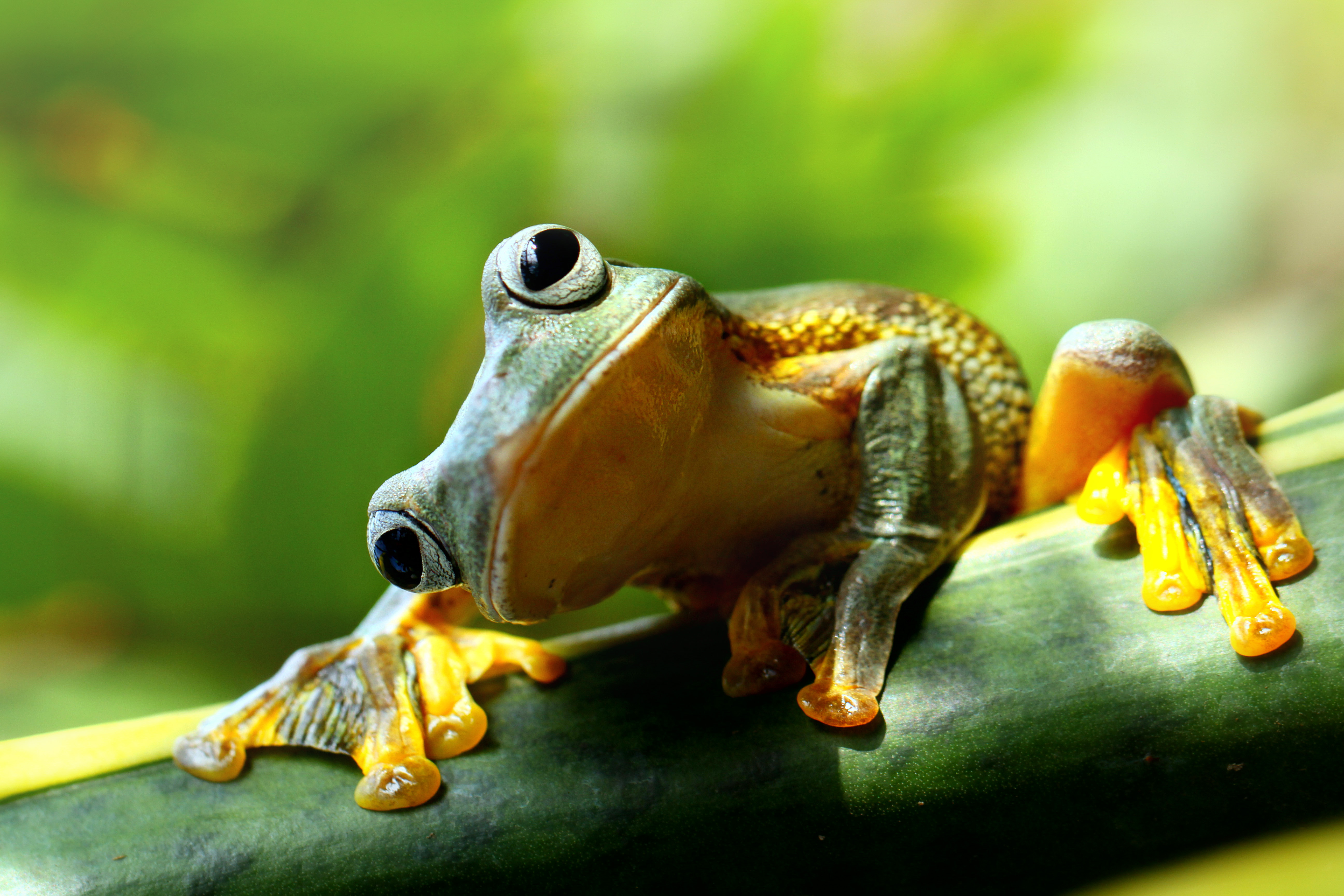
It looks like there’s even more reason to take those airport signs seriously.
While we’ve long known about the potential dangers of introducing animals to foreign ecosystems, researchers now believe the illegal transportation of amphibians across borders could be the reason so many of them have been dying from a known plague.
Chytrid fungus, a disease that’s been found worldwide and has been responsible for the annihilation of more than 100 species of frogs, salamanders and other such creatures, has baffled scientists who have been trying to pinpoint a source of the deadly spread since the 1990s when it was first discovered. Now thanks to new research, we may finally know what causes this fungus to infect amphibians, lethally interfering with their ability to regulate water and electrolyte levels.
In a report published in Science, an international research team from 38 institutions gathered fungi from around the world and added them to an existing database to piece together a sampling of 234 fungi. Then, they broke down the genomes for each and found four main lineages. Three of those lineages occurred globally but the fourth was traced to frogs that were native only to Korea, pinpointing the disease’s “ground zero.”
In addition to nailing down a location, the study also helped scientists to realize the disease originally started spreading on a global level between 50 and 120 years ago—right when the illegal, intercontinental pet trade was taking off. Before the study, it was believed the disease originated thousands of years ago.
The study also showed that, even though researchers in Panama have discovered some of the local wildlife developing a resistance to the fungus, it seems as though there are additional strains of it now in existance that could have devastating effects.
Following the study’s release, scientists are calling for better biosecurity across borders and an overall ban on amphibian trade. Otherwise, the entire survival of various species could be in jeopardy.
“Our research not only points to East Asia as ground zero for this deadly fungal pathogen, but suggests we have only uncovered the tip of the iceberg of chytrid diversity in Asia,” said study co-author and Imperial professor Matthew Fisher. “Therefore, until the ongoing trade in infected amphibians is halted, we will continue to put our irreplaceable global amphibian biodiversity recklessly at risk.”
